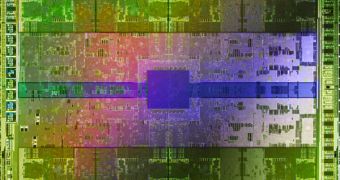There is little doubt that the upcoming GeForce GTX 470 and GTX 480 are, currently, the most highly anticipated graphics cards from NVIDIA, if not the entire industry. These expectations have arisen because, while NVIDIA claims that the Fermi will set a new standard in graphics technology, it has yet to manage to formally launch it. So far, for quite a few months, AMD has had free reign on the DirectX 11 front and there has been no clear explanation as to why the new CUDA from NVIDIA was delayed so many times. Until now, that is.
NVIDIA hads been quite tight-lipped about its new cards and had given little explanation for the delays, until recently, when Fudzilla got a response from the company. Apparently, optimizing graphics and finalizing tests were not the only loose ends. It seems that the GPU maker redesigned its graphics processing unit (GF100) in order to make it perfect or, at least, as close to perfect as possible, by improving key features such as tessellation acceleration and interactive ray-tracing.
“We redesigned GF100 from the ground up to deliver the best performance on DX11. This meant adding dedicated h/w engines in our GPU to accelerate key features like tessellation. We also made changes on the compute side that specifically benefit gamers like interactive ray-tracing and faster physics performance through things like support for concurrent kernels. Unfortunately all of these changes took longer than we originally anticipated and that’s why we are delayed. Do we wish we had GF100 today? Yes. However based on all the changes we made will GF100 be the best gaming GPU ever built. Absolutely.”
This statement sounds quite promising and reassuring, but also reveals the fact that at least a part of the chip left something to be desired. Just how much of an improvement the delays yielded, however, will be seen at the launch on March 26/27.

 14 DAY TRIAL //
14 DAY TRIAL //